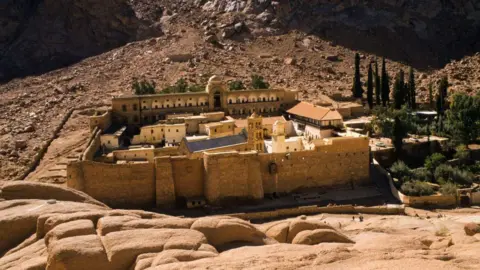The lush forests in southwest Virginia tell a story beyond their vibrant greenery; they are home to a burgeoning movement aimed at revitalizing the region's herbal economy. At the forefront of this transformation is Dr. Ryan Huish, a biology professor at the University of Virginia's College at Wise, who is turning his family's 60-acre land into a sanctuary for medicinal herbs.
During a recent outing with students, Huish guided them on a journey to discover edible forest plants, such as ramps— which carry garlic notes— and trout lilies, known for their kiwi-like taste. The knowledge of these forest botanicals, deeply rooted in Appalachian culture for centuries, is at risk as market regulation falters, leading to overharvesting and dwindling prices.
"The trade of forest botanicals has thrived for over 300 years in the Appalachian Mountains," shares Katie Commender, director of a local agroforestry program at Appalachian Harvest Herb Hub. "There is a significant worry that these traditions are declining and not being handed down to future generations."
This concern drives local farmers to unite for a common purpose: to restore the cultural heritage surrounding herbal remedies while ensuring a sustainable economy in the region. Through education and collaborative efforts, they seek to foster not only a profitable market but also a renewed appreciation for these time-honored practices. The 50 States, 50 Fixes series highlights such local solutions, encouraging communities to engage with their environmental issues and find pathways to restoration.





















